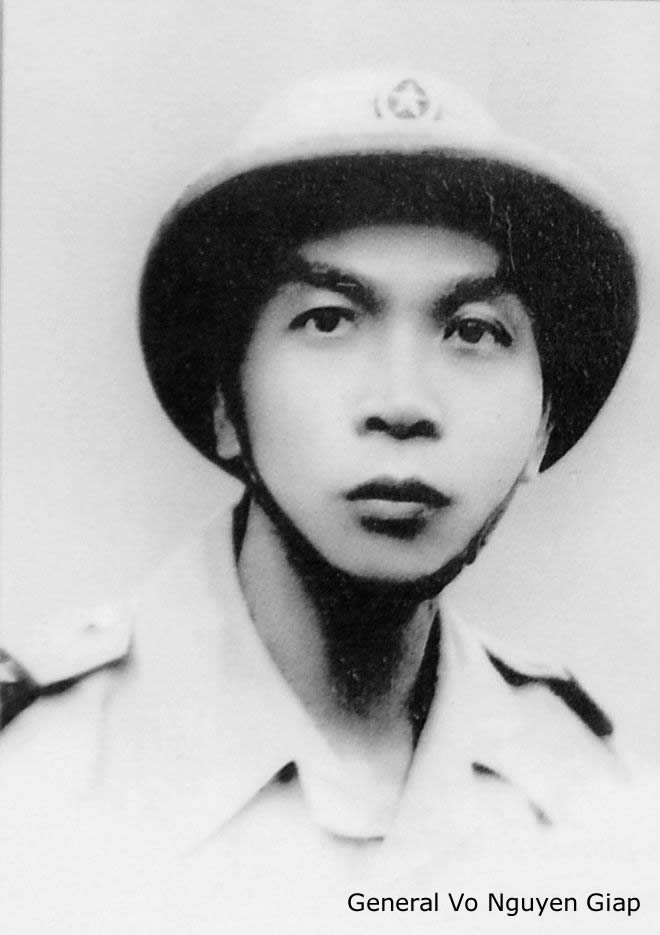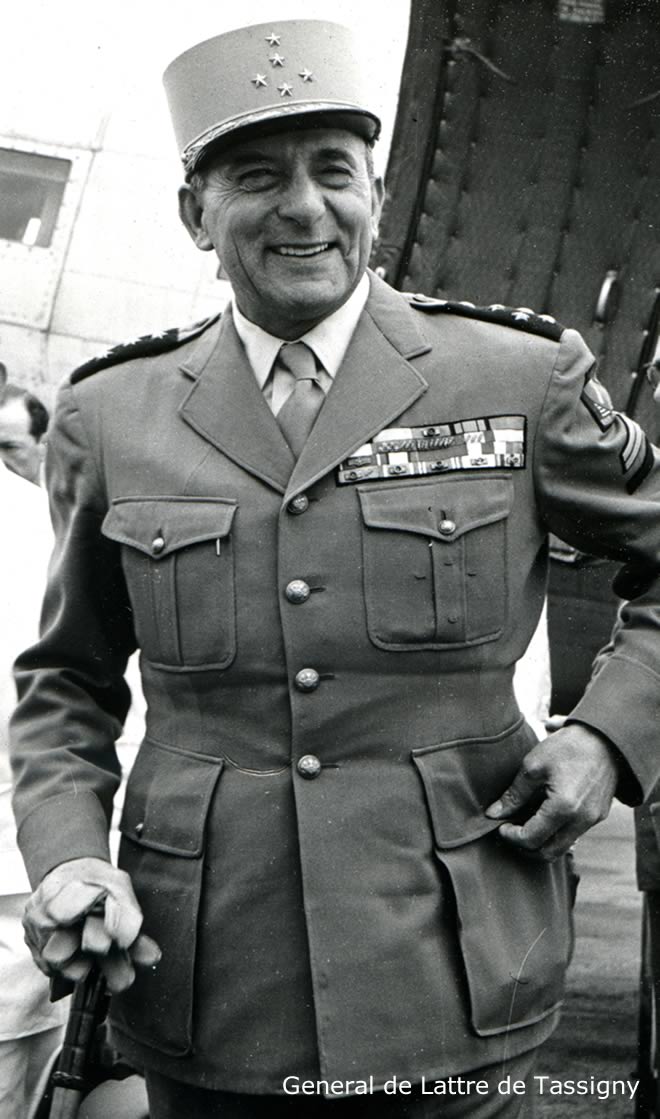Back to Homepage / Blogs / Dec 2017
Remembering Hoa Binh - Heaven and hell in a Vietnamese river town

Pandaw's highly popular 10-day Halong Bay and Red River expedition is not specifically designed for the Vietnam War buff, who will find plenty of specialist battlefield tours on offer elsewhere.
But as our expedition ends (or begins) in the delightfully-sited town of Hoa Binh, it's worth dwelling on the town's importance in the epic story of the country's 30-year struggle for independence. What happened here helped determine the first of Vietnam's back-to-back wars of liberation.
Hoa Binh is an ancient market town on a picturesque bend on the Da [Black] River in the hill country traditionally occupied by the Muong people. The most prominent "sight" these days – popular with Pandaw passengers - is the Hoa Binh Dam, Southeast Asia's largest hydroelectric generator. At nearly 2000MW capacity, this Soviet-designed and financed behemoth generates around 27% of Vietnam's electricity. When completed in 1994, it created a reservoir that submerged 13,000 hectares (32,000 acres) of land, displacing nearly 90,000 people.
This icon of socialist modernity, overlooked by a giant statue of Ho Chi Minh, acquires extra significance from Hoa Binh's recent history. From November 1951 to February 1952 it was the scene of one of the key battles of the First Indochina War, the one between the French and the Viet Minh, Ho's resourceful and ruthless guerrilla army.
In those days Hoa Binh was the crossroads through which the newly victorious Chinese communists supplied arms to their Vietnamese allies. French control of this strategic spot would deny the Viet Minh free movement of people and arms to the highland valleys.
It was Hoa Binh that showed the Viet Minh the route to victory, serving as an overture to the French Gotterdammerung of Dien Bien Phu, two years later and 400km deeper into the mountains of the northwest.
Unlike DBP – a key battle in the history of warfare - Hoa Binh is largely forgotten outside of Vietnam. It's probably not even that well-known amongst the country's super-youthful population.
In fact, the whole of the 1946-1954 First Indochina conflict is one the "forgotten wars" in the aftermath of WWII. France was quick to draw a veil over "Indochine - La Salle Guerre" [dirty war] which was largely fought with troops forcefully recruited from France's other colonial possessions (two Moroccan companies played a big part at Hoa Binh). These troops had extra reasons for resenting the horrendous fighting conditions, and their sacrifice has been largely forgotten.

Hoa Binh was meant to be a glorious fightback by the French. The decision to fight at this remote but strategic crossroads was down to France's commanding General, the splendidly named Jean Marie Gabriel de Lattre de Tassigny. This tall, aristocratic personification of la gloire militare was a hero of both World Wars, described by historian Stanley Karnow as "a Gallic General Macarthur".
Following a string of shock defeats for France in the first phases of the war, de Lattre symbolised France's determination to regain pre-War colonial possessions. Vietnam was the jewel in the crown.
The appointment of such a paragon to this obscure colonial theatre was also a remarkable compliment to the Viet Minh, whose own commander Vo Nguyen Giap was a slight, boyish-looking communist lawyer and history teacher.
De Lattre, whose only son had been killed in action in Vietnam a few months previously, oversaw a strong fightback against the Viet Minh in the Red River Delta, where Giap gambled on major attacks on fortified French positions. But the French general was spared the defeat of his Hoa Binh initiative, dying of cancer in a Paris hospital while the fighting still raged.
The Hoa Binh plan was was to establish a strong position in a remote area and lure the elusive Viet Minh into a pitched battle, in which the might of French arms would prevail.

The French called the plan "Operation Meat Grinder", complacently expecting it to deliver a victory in time for domestic elections. They "invaded" undefended Hoa Binh in overwhelming style, with paratroopers, ground forces and a naval attack up the Da River. It was a massive punch, but it hit empty air. The Viet Minh did what a guerrilla army always does, retreat back into the hills and jungles.
Massively reinforcing the town, they waited for enemy to bleed himself white in a futile attempt to take their citadel. Pouring their best troops into Hoa Binh, they stretched themselves thin elsewhere in northern Vietnam, leaving themselves open to counterattack.
Giap, who was always prepared to sacrifice thousands more men than any French or American commander, concentrated all available force on Hoa Binh, where the French had reverted to the kind of trench warfare that de Lattre would have remembered from the Western Front. Repeated waves of Vietnamese attacks left a carpet of Vietnamese bodies over the barbed wire.
The battle's focus soon shifted to the approach road, Route 6 to Hanoi which became a killing zone. For 25 miles, the approach road became a French Calvary, where those attempting to supply the remote garrison found that they were the meat in the grinder. Even the Da River became a death trap, as Viet Minh frogmen attacked military river traffic.
Overawed by the concentrated ferocity of the attack, and haemorrhaging strength, the French made an ignominious retreat from Hoa Binh in February 1952, fighting a desperate rear-guard battle along the route back to Hanoi.
Did the French learn the lesson of "the Hell of Hoa Binh"?
Apparently not. Perhaps thinking that American dollars would build them a stronger garrison next time, they repeated the same tactic at Dien Ben Phu. But by that time the Viet Minh had learned that a conscripted army, fighting in unfamiliar conditions against a determined enemy would eventually crack.
Also Dien Bien Phu, where the French were drawn by Giap's tactical assault on the French protectorate of Laos, was far more remote and far harder for the French to supply. To their horror, they discovered that the Vietnamese could perform superhuman logistical feats, pounding the garrison with heavy guns, while tunnelling towards them from all angles. Defeat was total.
Pandaw passengers will see little in Hoa Binh to recall the birth pangs of modern Vietnam 65 years ago. In any case, the country naturally prefers to be appreciated for its extraordinary beauty and the warmth of its welcome than for the pain inflicted on it by foreign powers all those years ago.
Nevertheless visitors to today's tranquil Hoa Binh should be aware that they walk on hallowed ground.